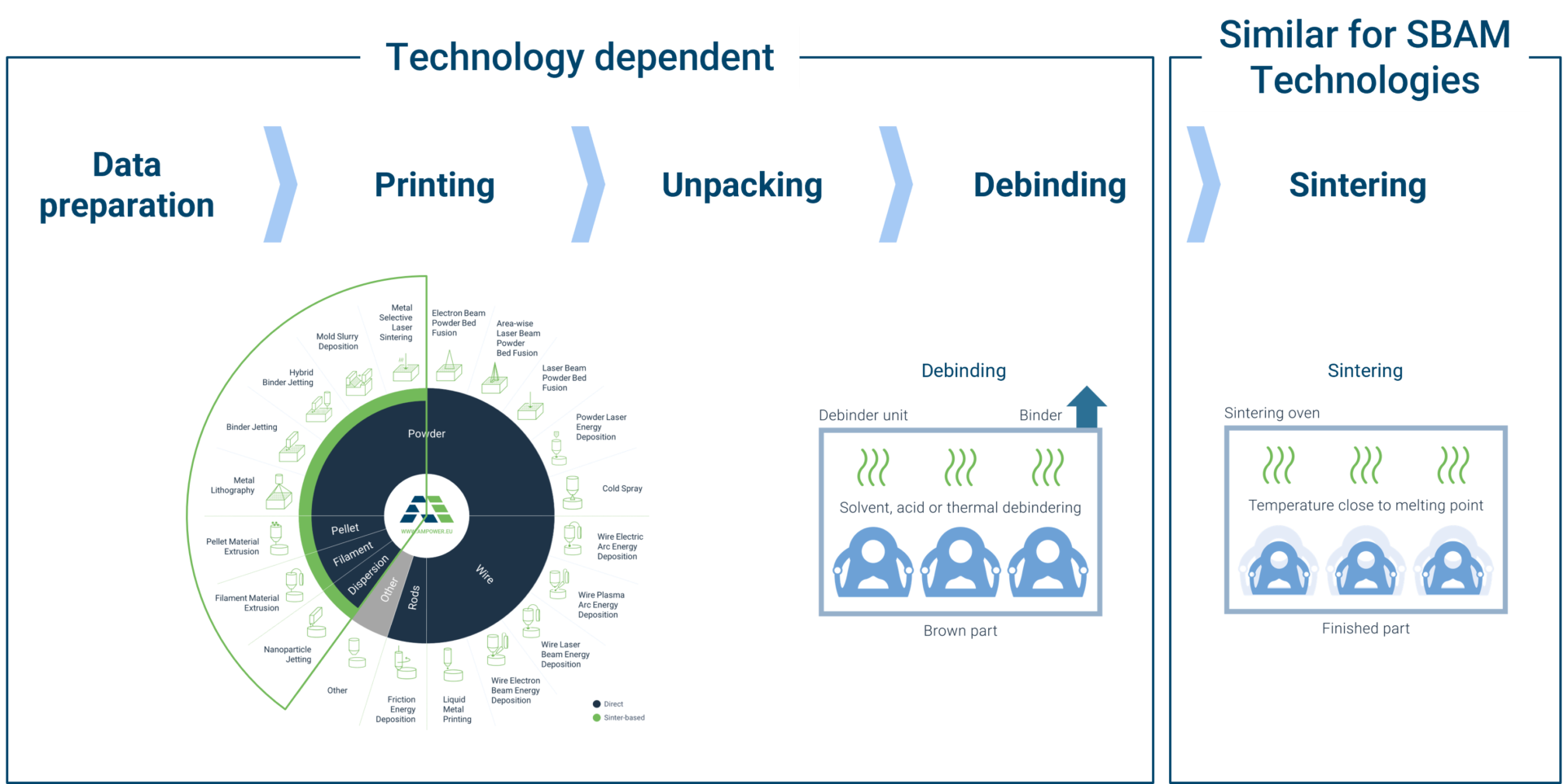Team Access
Description
This license provides access for the following features:
- Access for 1 group leader
- Ability to form a company group and multiple sub-groups
- Ability to invite group members via group code or by email
- Additional access for the number of users as defined below (group leader counts as 1 user)
- Access to the courses expires 12 months after registration
The following courses are included
AM Fundamentals
Getting started with Additive Manufacturing can be overwhelming. In order to benefit from the opportunities and to know how to overcome challenges of different technologies, this course will provide you with the necessary tools.
- An overview of the most common technologies
- A brief history of Additive Manufacturing and current trends
- Typical applications for various technologies and industries
Metal Technologies
Getting a deeper understanding of the different metal processes is an important step when adopting Additive Manufacturing. This course will enable you to select the right AM technologies for your metal applications.
- A deeper understanding available metal technologies
- Technical capabilities and common materials
- Typical applications and suppliers
Polymer Technologies
Getting a deeper understanding of the different polymer processes is an important step when adopting Additive Manufacturing. This course will enable you to select the right AM technologies for your polymer applications.
- A deeper understanding available polymer technologies
- Technical capabilities and common materials
- Typical applications and suppliers
Part Identification
Identifying the right applications for Additive Manufacturing is one of the most critical activities for companies at every stage. This online learning program will teach you a structured methodology and guidelines that will enable you to select parts that generate a real value for your business.
- A summary of technical and economic characteristics of common AM technologies
- A structured methodology to evaluate the technical and economic suitability of parts
- Tips and tricks that will help you find parts that generate a real value
Cost calculation Metal
Sound knowledge of the actual manufacturing cost is the basis for every decision made on Additive Manufacturing business cases. This course will enable you to understand the cost structure of different technologies and quickly estimate the cost for a certain part.
- An understanding of cost drivers along the manufacturing chain of metal AM technologies
- General rules of thumb to quickly estimate the cost of a certain part
- Cost breakdown for several applications and comparison between technologies
- Overview of the AM part supplier landscape and their cost level
Price per license
400.00€ excl. VAT



